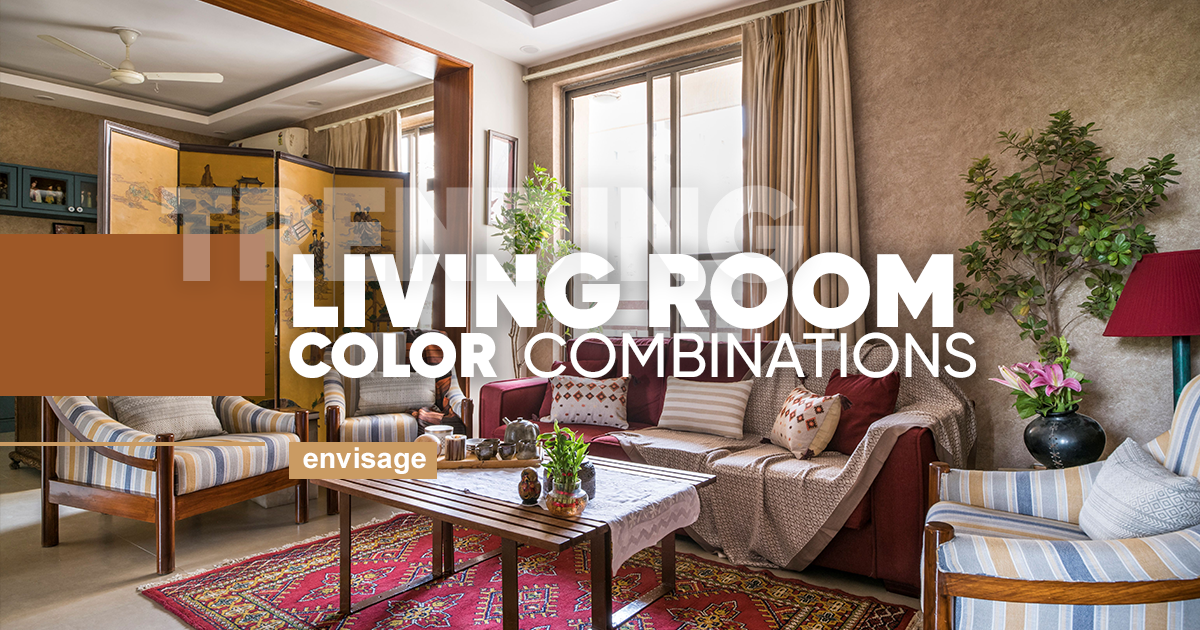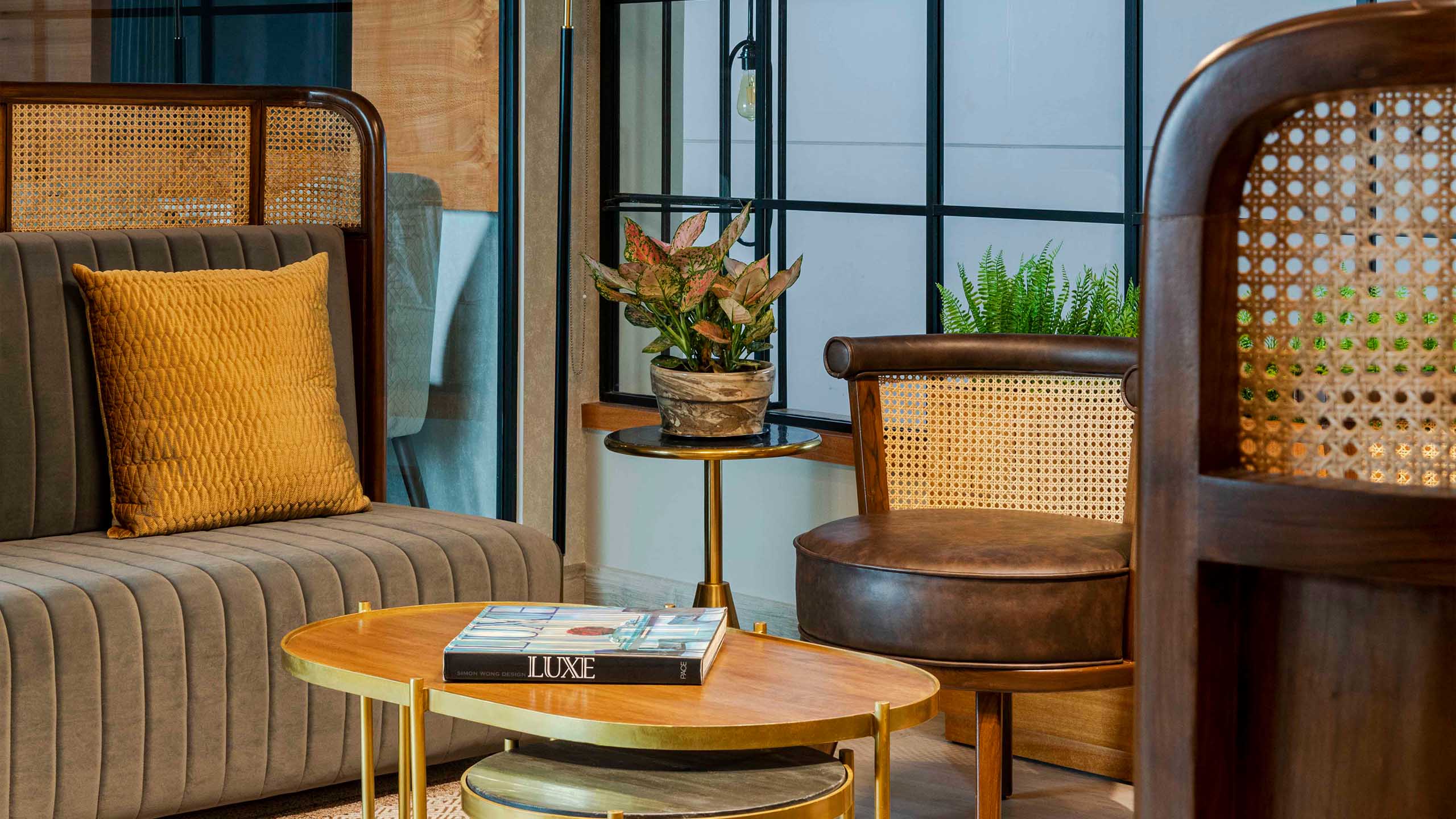How Colours Enhance the Mood of a Space
- Blog,
- Featured Blog
Colours have a powerful impact on our mood and emotions, and this applies to the spaces we inhabit as well. Distinct colours can have a variety of effects on the experiential vibe of a space. For example, a living room painted in a warm, vibrant colour like red or orange can create a lively and energetic atmosphere, making it a good choice for socializing and entertaining. On the other hand, a bedroom painted in a soft, calming colour like blue or green can create a restful atmosphere, making it a good choice for sleeping and relaxation. Neutral colours such as white, beige, and grey create a sense of calm and balance, and they can be suitable options for spaces that are intended for productivity and concentration.
Incorporating pops of colour through accents, such as throw pillows, artwork, and accessories, can also add a cheerful vibe to an interior space, without overwhelming it with excessive visual information. The following examples illustrate how the choice of colourful elements can impact the tone set for individual spaces.
Wallpapers: Wallpapers are a great way to add pops of colour, lending a sense of vibrancy to the space. With a plethora of colours, patterns and textures to choose from, designers can actually modulate how they want a space to impact the user. For instance, bold, graphic wallpaper in a vibrant colour used in social spaces like restaurants can create an energetic and upbeat atmosphere.
Fabrics: Fabrics are available in myriad textures and finishes, and can help to create a sense of coziness and relaxation. Colours can be incorporated through curtains, cushions, rugs, and upholstery in a cohesive design palette together.
Artwork: Artwork lends a dynamic energy and visual interest to interior designs. For instance, historical paintings lend depth and a narrative quality to a room. On the other hand, prints, produced in a wide range of styles and techniques, including photography, illustration, or digital art, can be used as a colourful expression of an idea or philosophy.
Accessories: Accessories such as vases, candles, and other decorative items can also dramatically enhance the interior mood. For example, a bright and colourful vase can lend a vivid, lively spirit in living rooms or study areas, while a candle can create a relaxing ambience through the use of colour and scent. Additionally, indoor, decorative plants can add an element of light movement and animation while also enhancing the colour quality of a space.
Overall, the use of colour in interior design can have a significant impact on how people interact in different spaces. Architects can use design elements such as visual balance, order and harmony to create unique sensory experiences. By carefully selecting and combining diverse colours, it is possible to create a range of moods and atmospheres that are conducive to specific activities and purposes.




